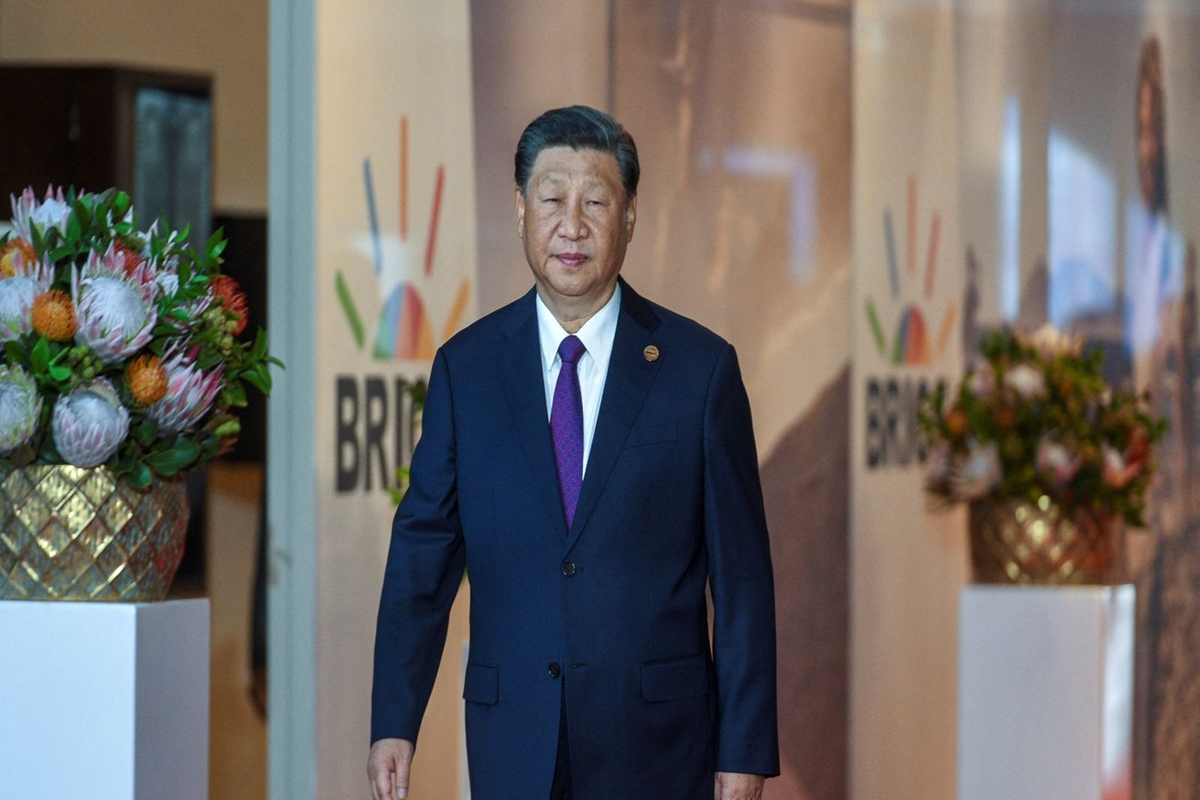China’s latest reaffirmation of its extensive economic policy goals signals a persistent commitment to long-term ambitions, yet continues to omit critical details on implementation. This approach, unveiled at a key Communist Party plenum led by President Xi Jinping, encapsulates a familiar narrative: grand visions marred by a lack of concrete steps. As the world’s second-largest economy grapples with internal and external pressures, the efficacy and impact of these pledges remain in question. The reiterated objectives span modernising industry, expanding domestic demand, and addressing systemic issues in social security, healthcare, and income distribution.
These goals are not new. They echo promises made over the past decade. However, the absence of specific strategies to achieve these ends leaves much to be desired, especially during a period of financial strain and increasing global trade barriers against Chinese goods. Domestically, China faces significant economic challenges. Low wage growth and job market uncertainties have dampened consumer sentiment, pushing it to near-record lows. Additionally, industrial overcapacity has led to fierce price wars, squeezing profits and heightening fears of deflation. The recent slower-than-expected economic growth in the second quarter underscores these struggles, with the property sector and household consumption continuing to disappoint. Internationally, China’s economic policies must navigate a landscape of rising protectionism. Trade partners in Europe and the United States are erecting barriers against Chinese goods, complicating Beijing’s efforts to sustain external demand. Despite these pressures, the policy reaffirmation offers little to ease the concerns of foreign businesses or the domestic middle class.
Advertisement
One of the central tensions in China’s economic strategy lies in balancing production-oriented policies with the need to boost consumer demand. While the leadership has consistently emphasised the importance of expanding domestic demand, their actions have often favoured investment in infrastructure and real estate. This approach has led to an unsustainable accumulation of debt without adequately addressing consumer needs. The emphasis on “new productive forces” ~ a term championed by President Xi ~ reflects a desire to harness scientific research and technological innovation to drive industrial modernisation and spur high growth. However, this supply-side focus may not align with the necessity of rebalancing the economy toward greater consumer participation. Moreover, the pledge to enhance market mechanisms and create a fairer market environment appears promising.
Yet, the shift from markets playing a “decisive role” to merely optimising resource allocation suggests a cautious, controlled approach to market liberalisation. This nuanced change in rhetoric may indicate intent to maintain tight regulatory oversight while promoting efficiency. Ultimately, the recurring theme of ambitious goals without detailed execution plans leaves a gap between intention and action. For China to navigate its economic challenges successfully, a more transparent and actionable roadmap is essential. Clear implementation steps would not only bolster domestic confidence but also reassure international stakeholders about China’s commitment to sustainable, balanced growth. Only through clear and decisive action can China hope to achieve the ambitious economic transformation it envisions
